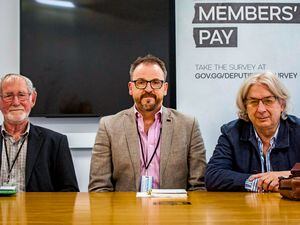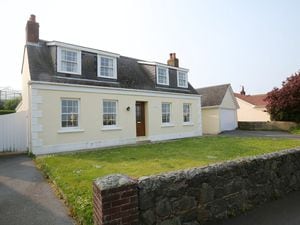Dog leaves its mark on Alderney’s Roman history
DEVOTION to burrowing deep into the past led rescue archaeologist Nich Hogben to find Roman tiles marked with dog-paw prints.
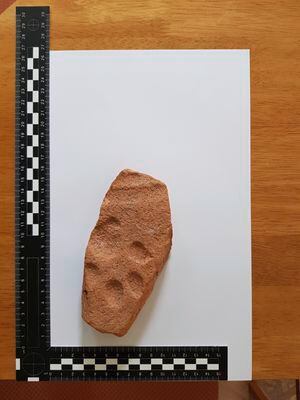
Two fragments of the paw-printed Roman roof tiles were found on Alderney’s Longis Beach dating from 50-120AD and they are now on display.
Dogs were often coveted by the Romans, treated as foster children and used for hunting, companionship or to guard the home.
‘One doggy footprint tile is already on display at the Nunnery, which is the best-preserved Roman fort in Britain,’ said Mr Hogben, who has found tiles scattered over Alderney.
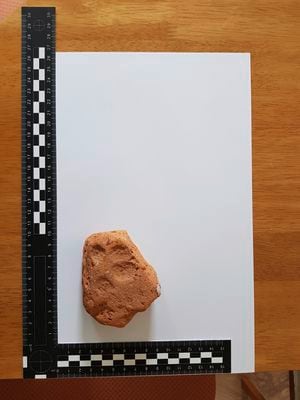
Cast using wooden moulds before being laid outside to be sun-dried, this gave ample opportunity for a dog to pad across them.
‘These tiles were part of a Roman build technique – thin bits of clay which held the walls together.’
Dating was possible using Roman ceramic expert Peter Warry’s methods.
‘There are ways to chemically or carbon date objects which are organic, but tiles don’t get the same level of decay. If you find a Roman coin in the same earth as a tile that gives a good idea. This helped to date the Roman-era buildings on Longis Common to the Emperor Antonius Pius in the mid-second century.’
Shapes of tiles changed over the Roman era to become more efficient to keep rain out and lock together.
‘These tiles were found to pre-date the Nunnery itself, which is fourth-century,’ Mr Hogben said.
‘With Iron Age pottery found in Alderney too, it shows a really long period of occupation on the island, with an enormous amount of heritage.
‘We are incredibly lucky with what we have in Alderney.
‘Finding these is a great promotion of Alderney’s museum and Nunnery. It didn’t stop there either, the fort was used by the Victorians and Germans too.’
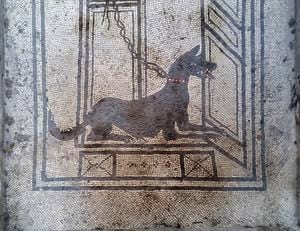
The island has historically been important for naval routes.
‘As a key point it needed defending. Anglo-Saxon pirates raided the coast before the Vikings did. Alderney is the key to the Atlantic coast. It really is worth having a look yourself.’

